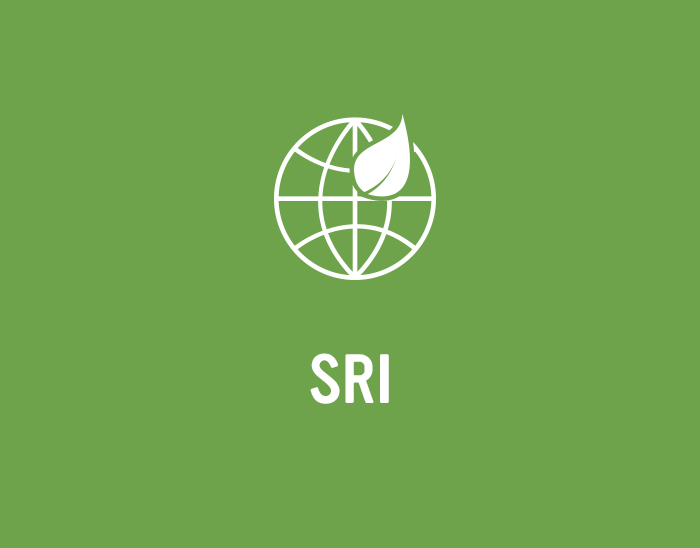
ASFI hails industry consensus in key milestone for Australian sustainable finance taxonomy
The Australian Sustainable Finance Institute published the final recommendations report for the forthcoming local sustainable finance taxonomy on 27 March, lauding “broad consensus across the finance sector, industry, civil society and real economy actors” on its key design elements. The main evolution of the taxonomy during its design phase is greater demand that the document should be flexible to accommodate future priorities.
Kristy Graham, executive officer at the Australian Sustainable Finance Institute (ASFI) in Canberra, tells KangaNews: “The one area that has taken stronger prominence than anticipated at the beginning of the process is the growing emphasis, from a broad cross-section of stakeholders, on ensuring the taxonomy is designed in a way that will accommodate multiple sustainability objectives over time. I think this is a result of market evolution during the process, including significant movement internationally.”
This movement, Graham explains, includes the International Sustainability Standards Board (ISSB) signalling that it will take a holistic approach to sustainability, and the strong momentum and support behind the Taskforce on Nature-related Financial Disclosures. “The national conversation is also shifting rapidly, in part due to the government’s commitments and focus on First Nations recognition, equity and inclusion, and for social equity more broadly,” she adds.
As proposed before the final round of consultation, the taxonomy is based on 15 core recommendations covering its principles, purpose, objectives and structure, as well as international alignment, reporting and deployment in financing transactions. The recommendations are designed to support the delivery of measurable outcomes in the near term while also having the flexibility to accommodate developments in sustainable finance practice and priorities.
For instance, Graham says the taxonomy should be able to be applied to biodiversity issues as measurement capability grows. She explains: “We need to be pragmatic about the lack of data and metrics we have available to us now, and not to use this as a reason to delay action but rather as reference for what needs to be developed.”
The biodiversity space is undergoing rapid development including global commitments made at COP 15 in Montréal in December 2022, the finalisation of the Taskforce on Nature-related Financial Disclosures framework later this year and expected development of the ISSB. “We anticipate that there will be more robust data and measurement in the future to enable the technical classification of activities that drive nature positive outcomes,” Graham suggests.
“The one area that has taken stronger prominence than anticipated at the beginning of the process is the growing emphasis on ensuring the taxonomy is designed in a way that will accommodate multiple sustainability objectives over time. I think this is a result of market evolution during the process, including significant movement internationally.”
On the other hand, the Australian taxonomy design will include transition activities from day one. Graham tells KangaNews: “Our expectation is that the criteria under the taxonomy transition category will provide a technically robust underpinning for the identification of genuine activities that will drive economic transition and create a level of certainty and confidence in the market that would enable the development of transition products.”
Graham suggests the consultation response represents “a pragmatic recognition” that there is urgent need for action on climate change mitigation without neglecting other material areas of sustainability. While measuring and reporting on a wider range of areas – in particular social issues – may be challenging at present, ASFI intends the inclusion of a “do no significant harm” (DNSH) criterion to help ensure the economic activities identified do not harm or prohibit any other sustainable objectives.
“The recommendations paper notes that the sustainability objectives are interconnected and there may be value and efficiencies in developing criteria for at least some of these objectives simultaneously,” Graham continues. “Even in the development of the initial criteria for climate mitigation, the other sustainable objectives will be clearly defined and identified as part of the DNSH criteria. We also recognise Australia’s position to lead globally in relation to First Nations recognition, equity and inclusion and have recommended that this be explicitly included in the DNSH criteria.”
CONSULTATION RESPONSE
The demand for flexibility was driven in part by industry feedback. For instance, 84 per cent of responses to a survey following ASFI’s publication of an international framing paper supported the inclusion of a transition category in the Australian taxonomy.
ASFI is aware that including transition must not detract from the overall credibility of the document. Its final report notes: “For climate change mitigation, any entity- and activity-level transition criteria should be aligned with science-based and ambitious timeframes that consider sectoral and global carbon budgets aligned with achieving the Paris Agreement’s objectives. Over time, transition thresholds move toward alignment with green thresholds, thus driving the transition to achieve the taxonomy’s objectives.”
Feedback also demonstrated a clear preference for strong taxonomy oversight. Asked what governance model should be prioritised “to support effective science-based outcomes for environmental objectives of Australia’s sustainable finance taxonomy”, more than 50 per cent of respondents gave their first preference, and three-quarters their first or second preference, to a government-led mandatory taxonomy. The other options – an industry- or a government-led voluntary taxonomy – both failed to crack 20 per cent of first-choice responses.
ASFI says response to the final round of market consultation was broad and deep, with written submissions received from 56 stakeholders. “We were extremely pleased with the representative coverage and depth of responses,” Graham says. “Over a third of respondents were from the investment community, comprising both large superannuation funds and smaller asset managers. We received a large response rate from civil society and a good mix of responses from banking, industry, science and academia, and government.”
Although the written response rate from the insurance sector was lower, Graham emphasises that there are several insurance representatives on ASFI’s taxonomy technical advisory group and governing steering committee. The Insurance Council of Australia also participated in the process.
ASFI expects the technical development of the taxonomy to start in the second half of the year. It is “continuing to work closely with Treasury, financial regulators and others across government as we move into the next phase”, Graham says.

WOMEN IN CAPITAL MARKETS Yearbook 2023
KangaNews's annual yearbook amplifying female voices in the Australian capital market.












